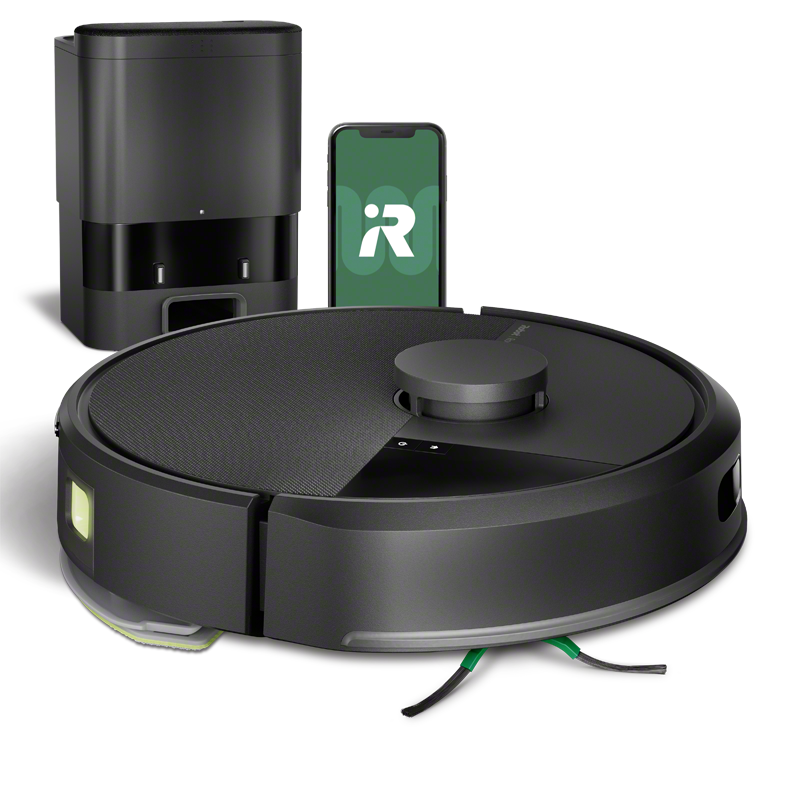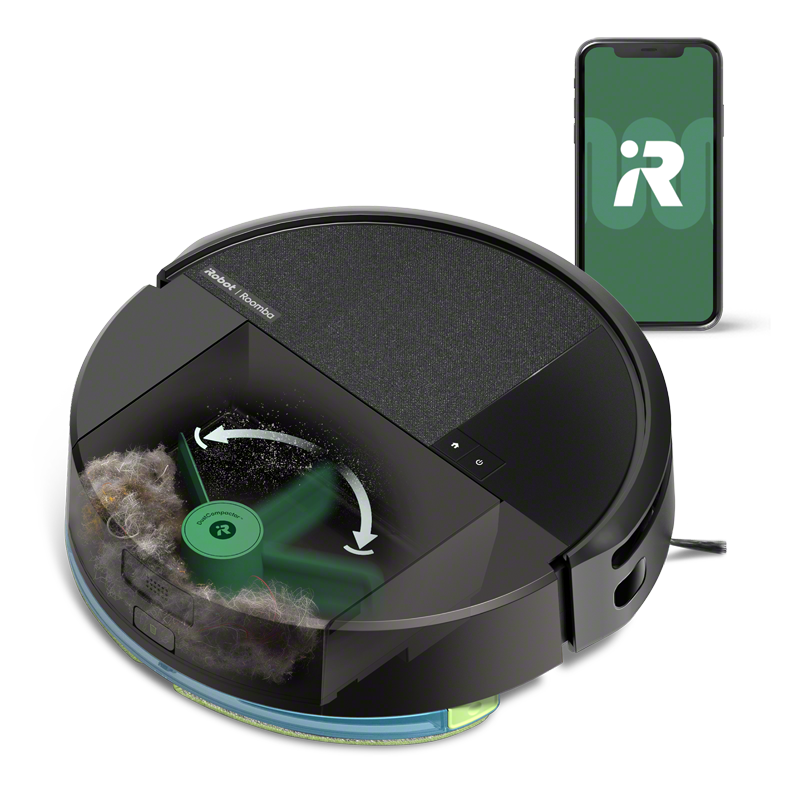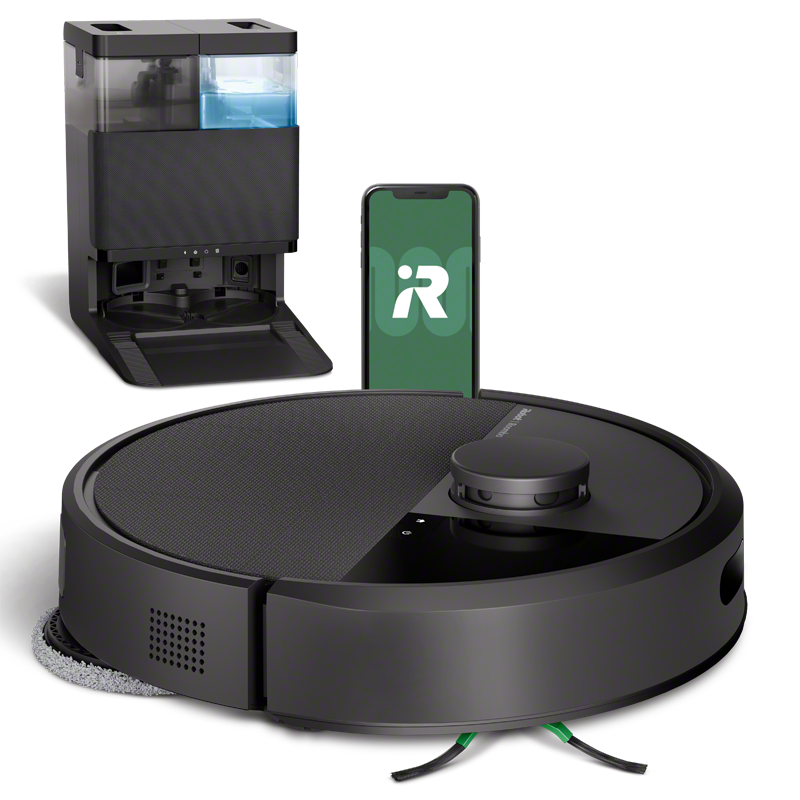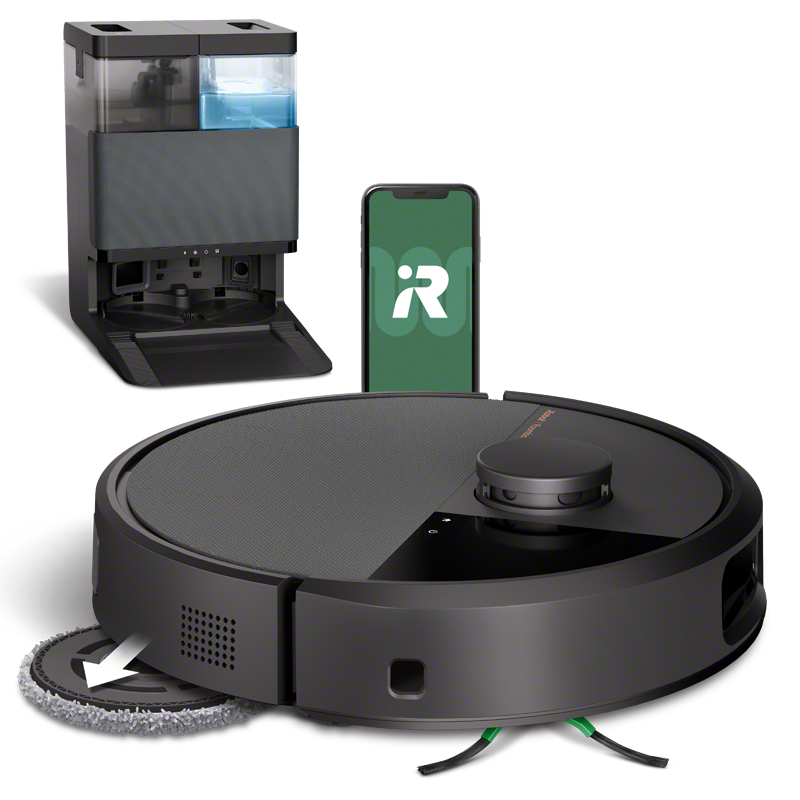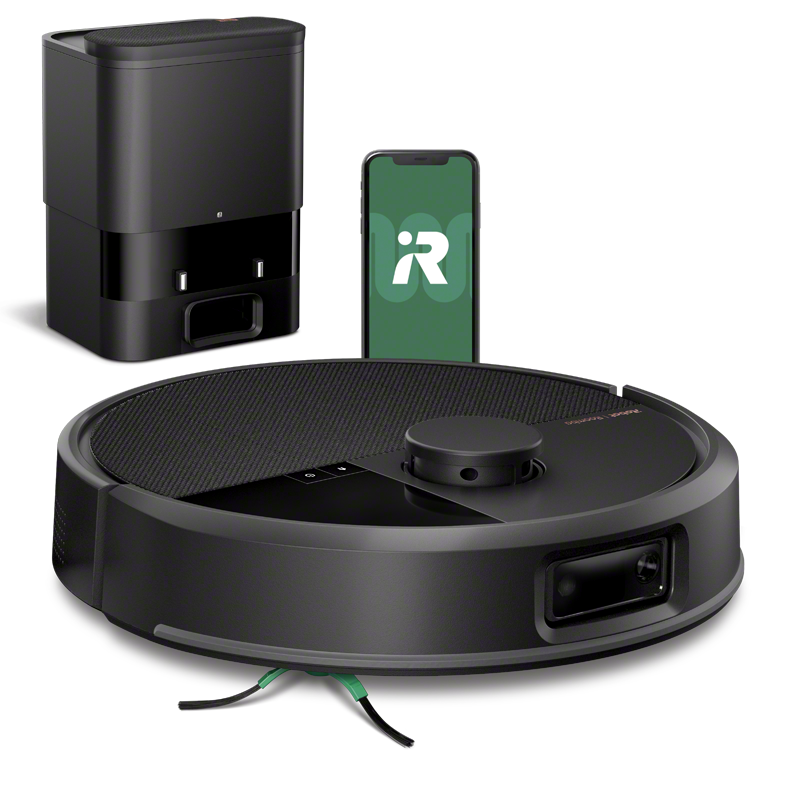Highlights
Strong App Ecosystem: iRobot OS, Alexa, Google Assistant & Siri Compatibility
Pioneers of Clean Base® Auto-Emptying Dock system
PrecisionVision™ Navigation: Real-time obstacle detection and avoidance
AeroForce® 3-Stage Cleaning System: Powerful suction for deep cleaning
Excellent Software Updates & Long-Term Model Support
Reliable Customer Service & Replacement Parts Network
If you’ve ever said the word “Roomba” to mean any robot vacuum, you’re not alone — iRobot basically invented the category. Founded in 1990 by MIT roboticists, iRobot hit gold with the original Roomba in 2002 and has since become one of the most iconic names in home automation. The brand leans heavily into innovation, with a portfolio that’s rich in exclusive technologies like PrecisionVision™ Navigation and Clean Base® Auto Dirt Disposal, and it continues to push premium features down into mid-tier products.
But are you paying for genuine quality or just brand prestige? Keep reading as we unpack everything Roomba has to offer.
Affordability
3.9 /5
iRobot isn’t cheap. Entry models often start near $275, and premium bots can climb over $1,000 — especially with the Combo® mopping feature and Clean Base® dock. You’re paying for brand reputation, advanced software, and long-term updates. But compared to emerging brands offering similar specs for less, Roombas can feel overpriced — particularly in the mid-tier.
Build Quality & Durability
4.9 /5
iRobot has earned its reputation for strong, reliable construction. Even the entry-level Roombas feel solid in hand, built with durable plastics that can easily handle the bumps and bruises of everyday home use. As you move into the mid and high-tier models, the materials get noticeably more refined — with premium finishes, tighter assembly, and tougher components designed to stand up to frequent cleaning and the occasional furniture collision.
Sturdy and well-engineered across the board, with top-tier models showing premium-grade refinement. Just don’t skip the upkeep.
Products Variety
4.7 /5
|
Roomba® 105 Combo + AutoEmpty™ Dock |
Roomba® 205 DustCompactor™ Combo |
Roomba® Plus 405 Combo + AutoWash™ Dock |
Roomba® Plus 505 Combo Robot + AutoWash™ Dock |
Roomba® Max 705 Vac Robot + AutoEmpty™ Dock |
| Vacuuming | ||||
|
70x stronger |
70x stronger |
70x stronger |
70x stronger |
180x stronger |
|
Bristle Brush Edge-Sweeping Brush |
Rubber Brush Edge-Sweeping Brush |
Rubber Brush Edge-Sweeping Brush |
Rubber Brush Edge-Sweeping Brush |
Dual Rubber Brushes Edge-Sweeping Brush |
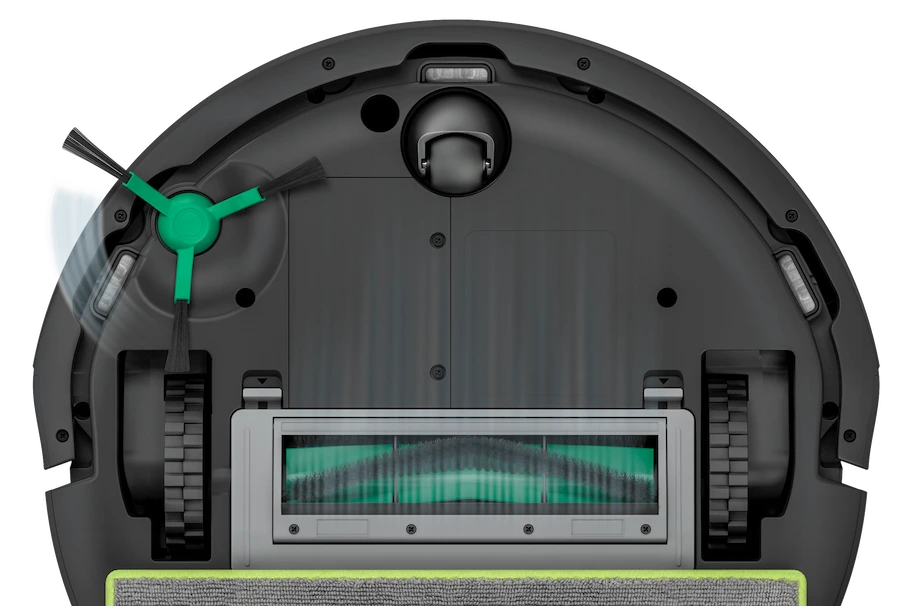 |
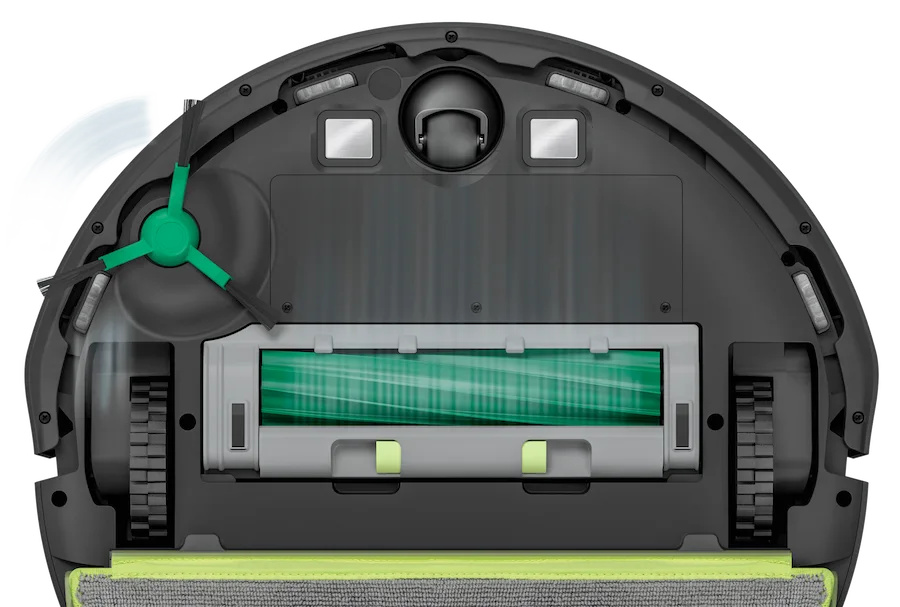 |
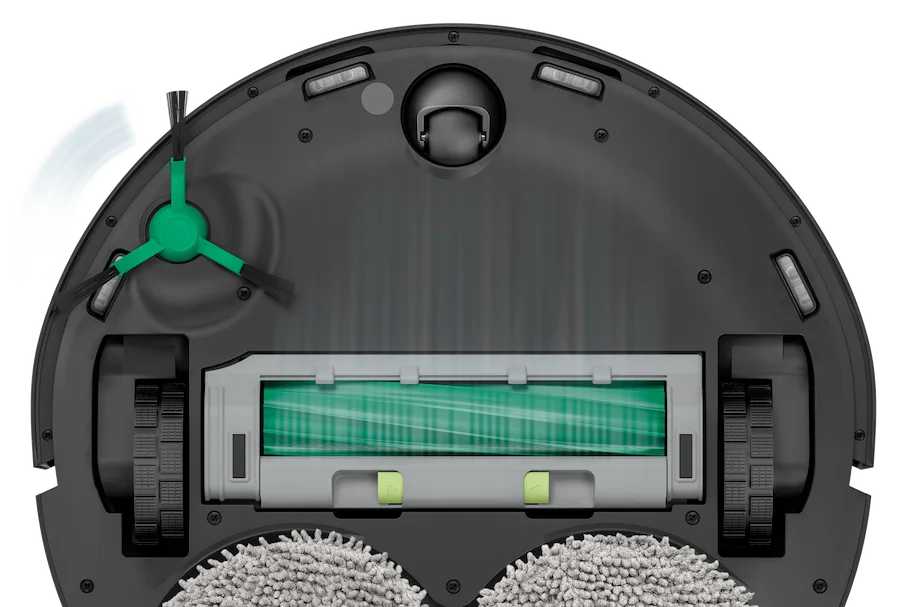 |
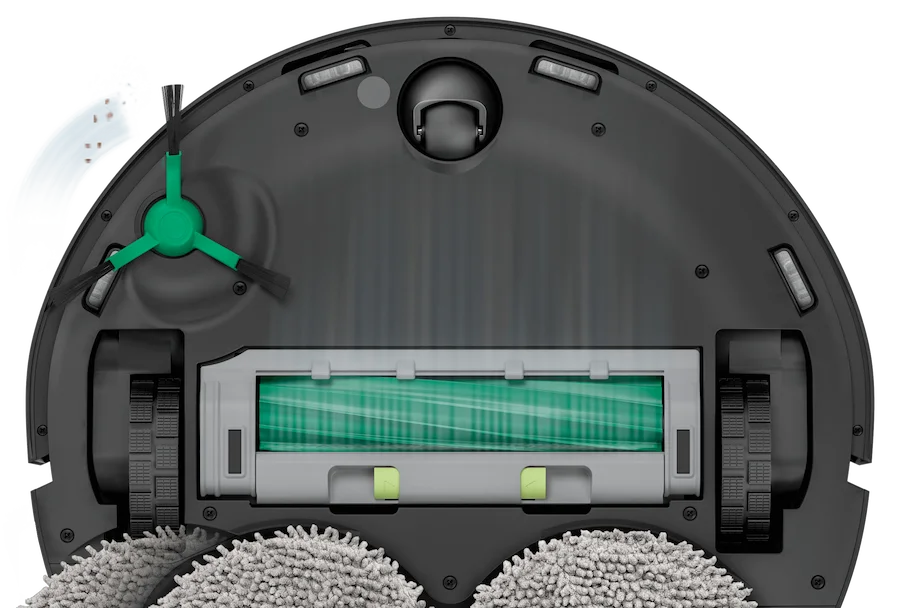 |
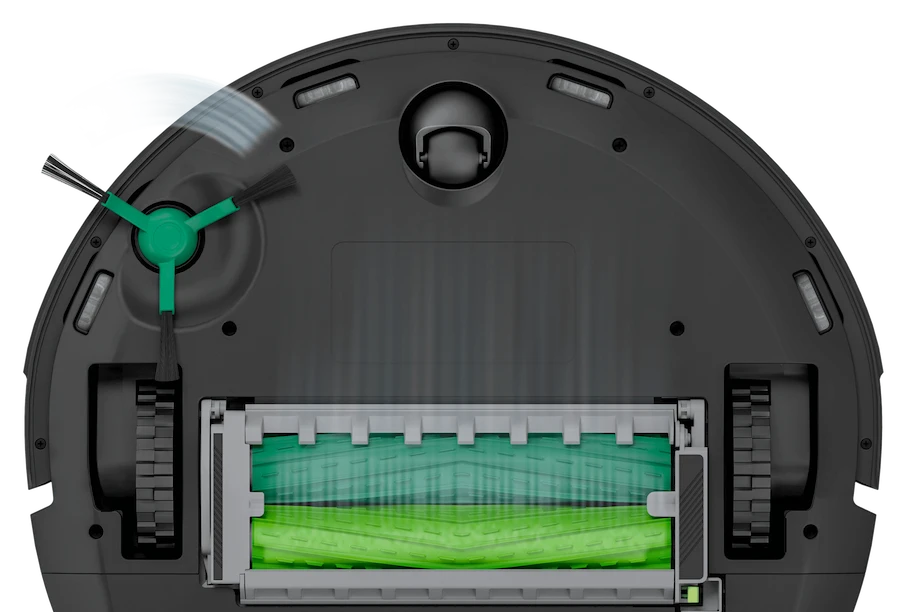 |
| Mopping | ||||
| Microfiber Mop Pad | Microfiber Mop Pad | Dual Spinning Pads | Expanding Dual Spinning Pads | — |
| 2x Deeper Scrubbing with SmartScrub | 2x Deeper Scrubbing with SmartScrub | 2x Deeper Scrubbing with SmartScrub | 2x Deeper Scrubbing with SmartScrub | — |
| Avoid Carpets | Avoid Carpets | Auto Pad Lift | Auto Pad Lift | — |
| — | — | — | Corner & Edges Mopping | — |
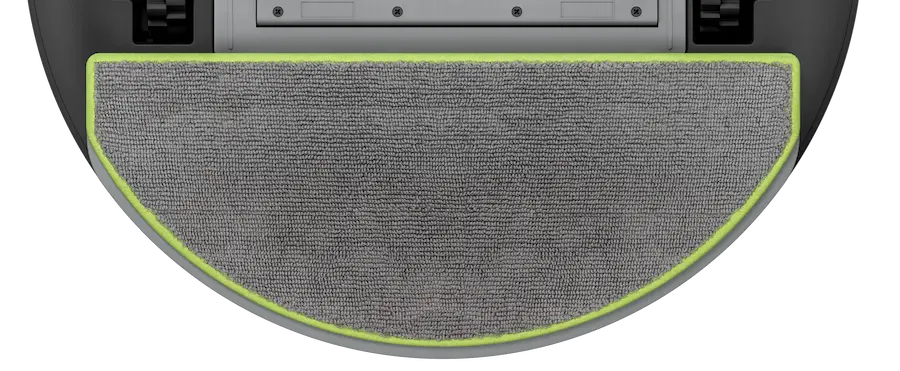 |
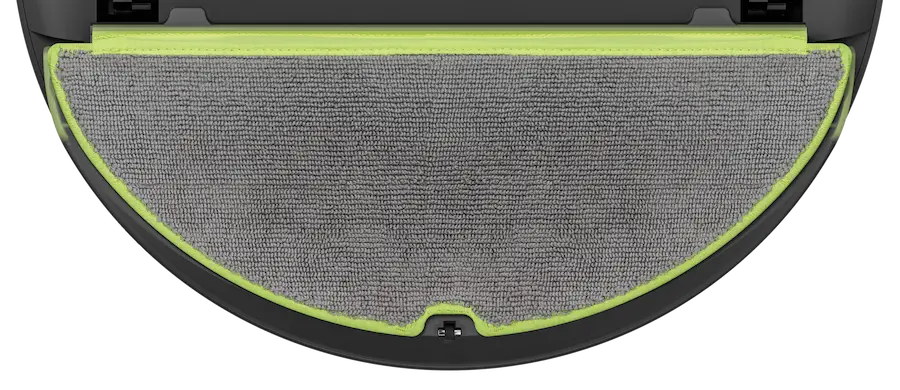 |
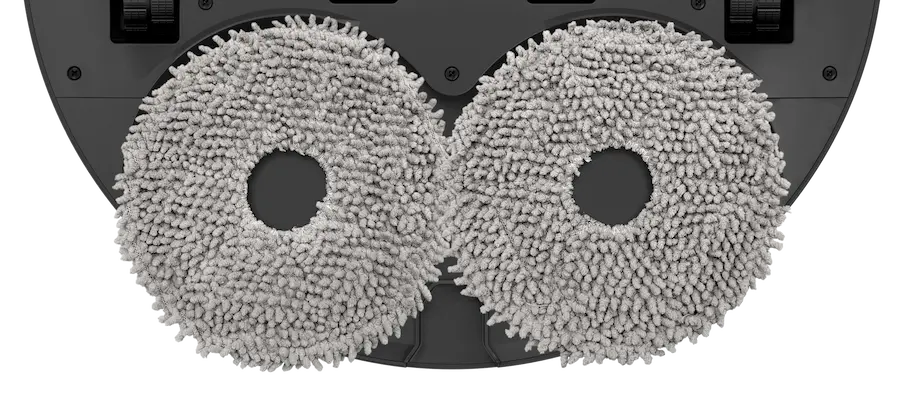 |
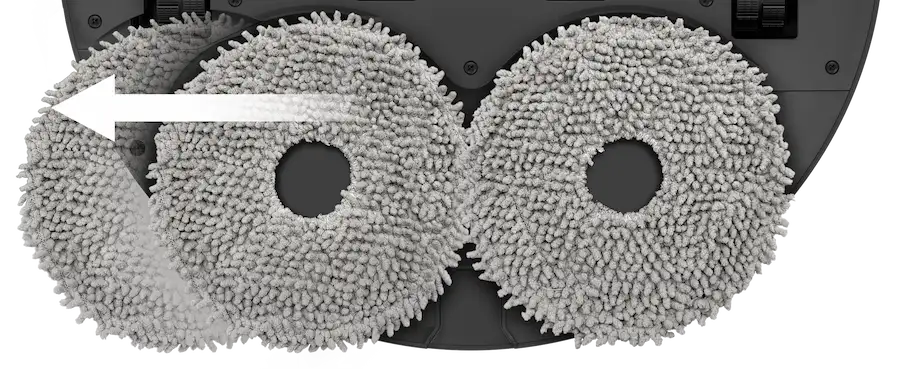 |
— |
| Docking | ||||
| Holds up to 75 days of dust & debris | No dock required On-board compacting bin Holds up to 60 days of debris |
Holds up to 75 days of dust & debris | Holds up to 75 days of dust & debris | Holds up to 75 days of dust & debris |
| — | — | Pad Washing | Pad Washing | — |
| — | — | Pad Drying | Heated Pad Drying | — |
| Connected Cleaning | ||||
| 3 Cleaning Modes: Vac-only, Mop-only, Vac+Mop |
3 Cleaning Modes: Vac-only, Mop-only, Vac+Mop |
4 Cleaning Modes: Vac-only, Mop-only, Vac+Mop, Vac then Mop |
4 Cleaning Modes: Vac-only, Mop-only, Vac+Mop, Vac then Mop |
1 Cleaning Mode: Vac-only |
| ClearView™ LiDAR | ClearView™ LiDAR | ClearView™ LiDAR | ClearView™ Pro LiDAR | ClearView™ Pro LiDAR |
| — | — | — | PrecisionVision™ AI Technology | PrecisionVision™ AI Technology |
| — | — | — | Intelligently adapts for deep cleaning | Intelligently adapts for deep cleaning |
| — | — | — | — | 3D Mapping |
| Price | ||||
| $469.99 | $469.99 | $799.99 | $999.99 | $899.99 |
Smart Features, Innovation & Technologies
5.0 /5
Roomba’s brainpower doesn’t just come from its motors — it’s in the software, too. The iRobot Home app, available across all smart-enabled models, offers a well-rounded, polished interface. From basic scheduling and status checks to multi-floor maps and no-go zones, it’s all there.
Mid-tier models like the i3 EVO bring iRobot Genius™ intelligence into the mix — a platform that enables personalized suggestions like recommended cleaning times during allergy season or after heavy foot traffic.
Step into the higher-end j-series, and you get features like Keep Out Zones, Clean Zones, and automations triggered by your phone’s geolocation (clean when you leave home). There's multi-user support, seasonal cleaning suggestions, and integration with Google Assistant, Alexa, and Siri Shortcuts for hands-free control.
Premium models also feature Imprint® Link Technology, which allows select Roombas to automatically coordinate with a Braava Jet® mop — first vacuuming the floor, then signaling the mop to follow up with a pass of water-based cleaning.
Roombas bring helpful touches even without Wi-Fi: cliff sensors to prevent falls, anti-tangle technology to reduce cord snags, and bin full indicators on most models.
Entry-level bots include edge cleaning modes, while mid and high-tier models remember past cleaning cycles and adapt over time. The newer Combo® bots even feature automatic mop lifting on carpet, adding another layer of logic.
Motor & Cleaning Power
4.5 /5
At its core, iRobot delivers consistently impressive cleaning power, even from entry-level models like the Roomba 600 series, which utilize dual multi-surface brushes to effectively capture dirt and debris.
Moving into the mid-range Roomba i3 and i5 models, you're getting enhanced cleaning thanks to iRobot's AeroForce® 3-Stage Cleaning System, which significantly boosts suction power and efficiency.
Flagship Roomba s9+ raises the bar even higher, featuring PerfectEdge® Technology to deep-clean edges and corners alongside 40x the suction power of lower-end models. However, while top-tier models excel, budget versions can sometimes falter with deeply embedded dirt or thicker carpets.
Navigation & Mapping Technology
4.8 /5
Lower-tier Roombas still rely on bump-and-go navigation, which is about as elegant as it sounds. Once you step up to the i series, you get iRobot’s patented Imprint™ Smart Mapping, letting the robot learn your home’s layout and clean room by room.
Higher-end models like the j7+ or Combo j9+ add PrecisionVision™ Navigation — a front-facing camera system that uses AI to recognize and avoid objects like cords, shoes, or pet messes. It works well… most of the time. Occasionally, it will miss a sock or mislabel an obstacle, but it’s improving with every update.
Final take? Excellent navigation from mid-tier up, but entry models feel dated in comparison.
Docking Station System
4.9 /5
iRobot's docking solutions, particularly the Clean Base® Automatic Dirt Disposal, have redefined hands-free cleaning. This system allows your Roomba to automatically empty its bin into a sealed bag that holds up to 60 days of debris, minimizing maintenance and exposure to allergens.
For those seeking even greater autonomy, the Clean Base® Auto-Fill Dock takes convenience to the next level. Compatible with models like the Roomba Combo® j9+, this advanced dock not only empties the robot's bin but also refills its water tank for mopping, supporting up to 30 days of hands-free operation.
Both docking systems are designed with user convenience in mind, featuring quiet operation and sleek aesthetics that blend seamlessly into your home environment. The integration of these docks with iRobot's smart technology ensures that your cleaning routines are efficient, thorough, and require minimal intervention.
Obstacle Avoidance & Object Recognition
4.8 /5
Obstacle avoidance is another standout for iRobot's Roomba. Lower-tier models manage basic avoidance reasonably well but lack precision. Mid-range options significantly improve this with Reactive Sensor Technology, smoothly navigating around larger objects.
Premium Roomba models use PrecisionVision™ Navigation, leveraging a front-facing camera combined with advanced machine learning to identify and avoid obstacles like cords, toys, or even pet accidents with impressive accuracy.
Advanced object recognition works well in high-tier models, but the lack of it in mid and entry levels feels noticeable.
Battery Life & Coverage Area
4.5 /5
Roomba vacuums generally feature solid battery life across the board. Entry-level models provide about 90 minutes per charge (1800 mAh), sufficient for smaller areas. The mid-tier Roomba i3 and i5 step it up with roughly 100-120 minutes of runtime, powered by batteries around 2200 mAh. The high-end s9+ and j7+ manage approximately 120-150 minutes, utilizing robust 3300-4400 mAh cells.
The auto-recharge and resume functionality on mid-to-high-tier models effectively mitigates shorter battery times by automatically returning the robot to its dock mid-clean if necessary.
Who Should Buy This?
Go with an iRobot's Roomba if you are:
• Looking for the most trusted name with long-term app/software support
• Someone who values smart features over max suction power
• A pet owner dealing with lots of hair and fur
• Interested in auto-empty docks and minimal maintenance
• Willing to invest more for polish, app power, and reliability
Conclusion
Overall, iRobot Roomba vacuums represent a blend of innovation, robust cleaning power, and smart features designed for convenience-seeking homeowners. While the brand’s premium pricing may spark debate, particularly against emerging cost-effective competitors, Roomba consistently delivers reliability, advanced navigation, and user-friendly experiences. Ultimately, Roomba remains a trusted choice if you prioritize long-term investment and hassle-free maintenance over upfront savings.



